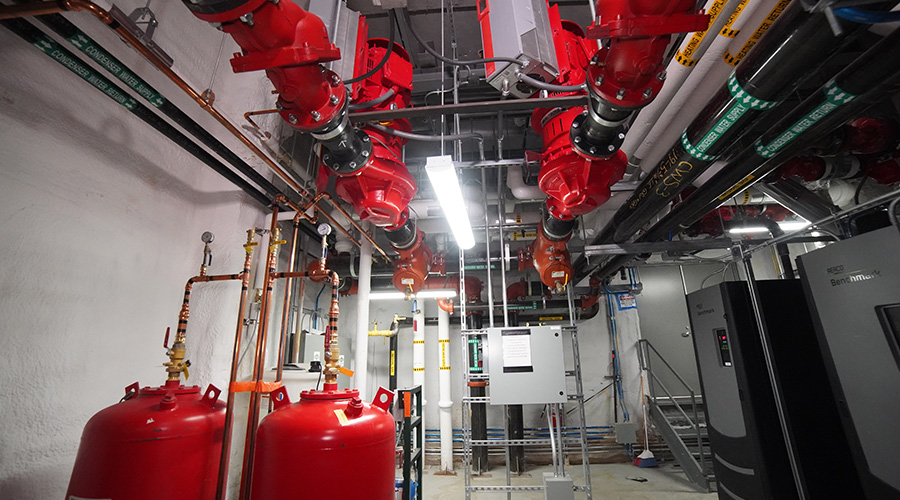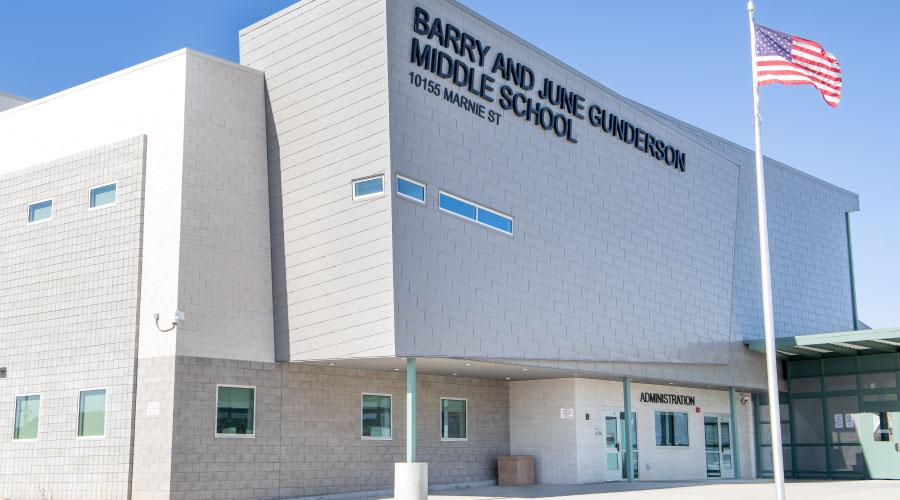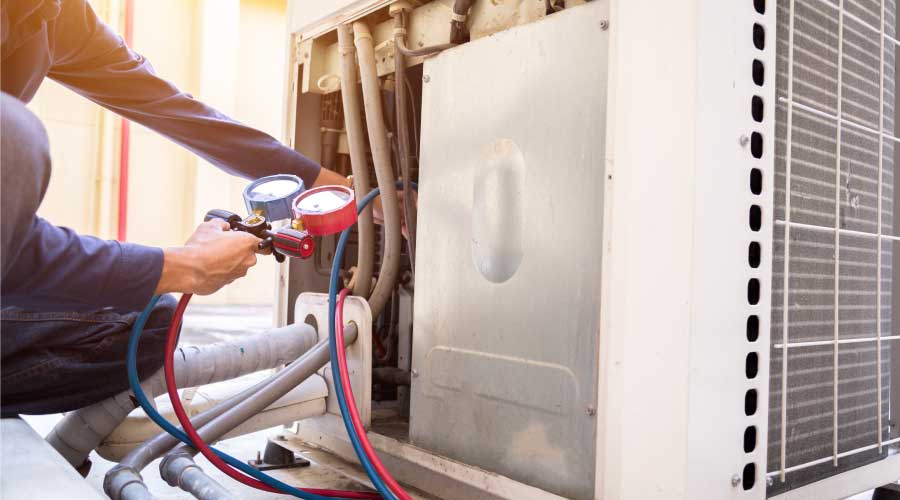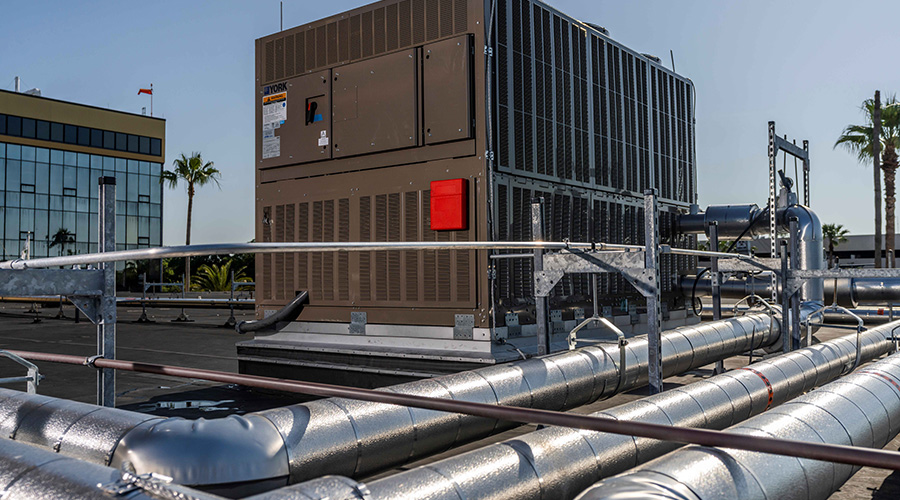Temporary Cooling: Plan for an Emergency
Most problems in selecting emergency cooling equipment arise from one mistake: waiting until an emergency occurs to decide on the needed equipment. In the rush to get cooling quickly, managers too often set themselves up for failure and for a long wait, due to heavy demand from other organizations in the area.
A host of problems can arise from this mistake:
• Local demand for portable units exceeds supply, and delays occur in obtaining and installing equipment.
• Managers specify over- or under-sized units, leading to inefficient operation or insufficient cooling and dehumidification.
• The facility gets the wrong type of unit for the application or climate conditions.
• The unit uses more power than necessary in relation to the amount of cooling generated.
• The facility lacks the correct electrical connection for the equipment, or no emergency power generator is on hand.
• The space has unsuitable provisions for venting.
• The additional equipment increases the building’s heat load, exceeding HVAC system capacity and causing malfunctions.
Strategies for Success
Successful strategies begin with preparation for an emergency. As the nugget of wisdom goes, when you are up to your neck in alligators, it’s hard to remember the objective is to drain the swamp. In reality, managers can resolve most pressing issues in advance.
Among the most important questions managers must consider during planning meetings and conversations are these.
What are the risks from a cooling failure? For health care facilities, this question refers first and foremost to the safety, health, and comfort of patients and occupants. In education facilities, it means student and employee safety, health and well-being.
In all facilities, managers must plan for the protection of assets, such as electronic equipment, data centers, telecommunications, power-distribution systems, and HVAC systems in mechanical equipment rooms.
Who are the best sources? Managers can benefit greatly by consulting with local distributors of portable air conditioning before an emergency occurs. Even preplanning for non-emergency, routine cooling needs — such as backup during a scheduled facility maintenance shutdown — can pay big dividends.
Managers can get references, find out the equipment in distributors’ inventory, determine lead time, review rental and lease plans, and determine installation and maintenance support they offer.
What type of unit is most appropriate? Portable coolers must match climate conditions. Air conditioners and evaporative coolers operate using different processes and will work properly only when the climate conditions are right for the unit.
Portable air conditioners have one housing containing the entire apparatus — both the hot and cold sections. They have a separate exhaust to remove the hot air and a container or drain for the moisture removed during the conditioning process.
Evaporative coolers use a different process. Hot air passes through continuously water-soaked pads. The cooler water absorbs the heat from the air to produce up to about 20 degrees cooler air.
Because this process is different — air conditioners removing water from the air and evaporative coolers adding water to the air — air conditioners are required where the humidity is above 20 percent. Evaporative coolers work best in climates in which the humidity is lower than 20 percent.
How many Btu? More is not necessarily better. Using an air conditioner with a higher Btu rating than is warranted by the space’s size or unit’s position will cause the unit to cycle on and off too often, resulting in inefficiency. If the unit’s Btu rating is too low, insufficient cooling and dehumidification can result.
Manufacturers offer sizing calculators to help optimize selection. Required information includes area size, the location and size of a window or other vent opening, such as ceiling tile, and plug type and electrical requirements.
A typical 400-square-foot area would require a 9,000-Btu unit under normal conditions, but managers need to consider other variables. For example, placing the unit in sunny locations will increase Btu demand. Placing it in a shady area will reduce Btu demand. Other conditions, such as the presence of data-processing equipment and occupants, will increase the cooling need and affect the unit’s size requirement.
How much efficiency is required? The energy efficiency rating (EER) measures the ratio of cooling output to energy input. To calculate the EER, divide the watts into the Btu output. So, a typical 1-ton office air conditioner with a cooling capacity of 11,800 Btu and power use of 1.4 kW, or 1,400 watts, has an EER of 11,800 divided by 1,400, or 8.4. The higher the ratio number, the higher the unit’s efficiency.
How will hot air and moisture be vented? Venting is essential to prevent the recirculation of heat and moisture, which substantially lowers efficiency. Once managers decide on the location of the unit and the path for venting, they can determine the length of vent duct and the type of vent opening. While the units have limits, they are flexible. Many designs are free-standing and feature casters to offer portability.
Related Topics:













